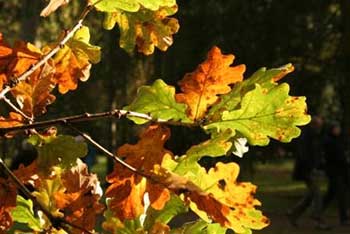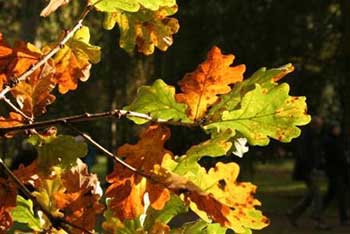Wooden Wonders part two: hard or soft?
Westonbirt, The National Arboretum, is full of magnificent trees.
As part of our half term Wooden Wonders event taking place from 14 – 16 February, Kate Cashmore from Westonbirt’s learning team has created a trail which will help you find out about our hidden wonders.
Here, she highlights some of the Wooden Wonders that you can discover when you follow the trail.
Tree seedlings are soft, but as they grow bigger, they deposit a hard, strong substance, called lignin in some of their cells all around the stem.
These cells die, and become wood, or timber. Their job is to strengthen the stem.
Foresters divide timber into ‘hard’ and soft’, depending on whether it comes from a conifer (softwood tree), like a pine, or a deciduous broadleaved tree (hardwood tree), such as an oak.

Generally, softwood trees are fast growing, and the wood is coarse-grained and relatively soft, whereas hardwood trees are slow growing, hard and with a fine grain.
But there are exceptions! Just as barks are different, the wood of different trees has different qualities.
The tall straight trunks of pine make it good for telegraph poles and fences and even, in the past, water pipes.
As it grows quickly and easily, it is also a cheap wood for furniture, and, like other softwoods, its long fibres make it good for paper.
Useful links
Buy great value Friends of Westonbirt Arboretum membership
More great activities for families
